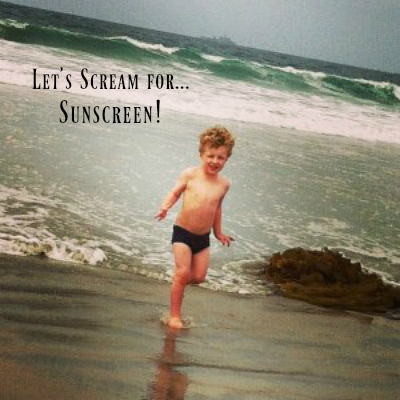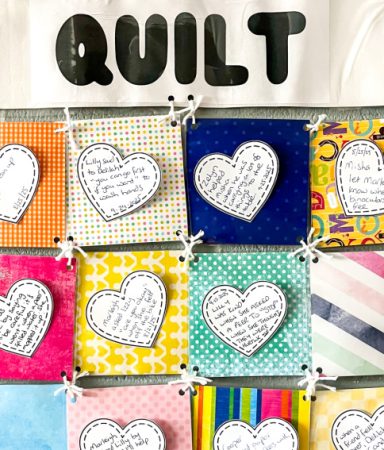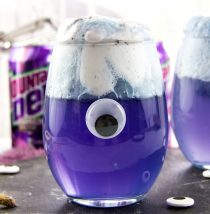What is the right sunscreen for your family? Here is what we love and what types of sunscreen to avoid, helping you all stay safe this summer!

With a simple Google Search for “Best Sunscreens” I find fashion mag “Allure” saying: “SPF is just one factor in choosing (and wearing) a sunscreen. How a sunblock smells, feels, and works with your makeup determines whether you’ll actually rub it in and lists their “ten dream creams to try this summer.”
Personally I look beyond fashion and instead utilize the wisdom of “The Environmental Working Group” (or EWG), the nation’s leading environmental health research and advocacy organization who says:
“An ideal sunscreen would block the majority of UVA and UVB rays with active ingredients that do not break down in the sun, so that the product remains effective. It would also contain only active and inactive ingredients that are proven to be completely safe for both adults and children.”
While there is no magic-bullet on the U.S. market that meets all these criteria for sunscreen, EWG created a guide to safer and more effective sunscreens — so you can check out how your current product measures up, or find something new if it’s not making the grade.
They’ve also got a killer list of what to avoid here. But check out the Reader’s Digest version below.
Sunscreen to Avoid:
- Continuous spray sunscreens. Don’t let the ease of the product take precendence over safety. There’s a huge potential of inhaling chemicals and it’s hard to tell if all parts of exposed skin is covered. Stick to lotions you rub in.
- Tanning oil suncreens. These usually contain a lower SPF and the general recommendation is broad spectrum SPF30 and water resistant. (“Waterproof” is a misnomer that doesn’t really exist anymore.) Besides, most oil promote sun exposure – and isn’t that what we’re trying to limit?

- Super High SPF Sunscreens: SPF30 is the recommended SPF because it blocks 97 percent of the sun’s rays. EWG says High-SPF products may tempt people to stay in the sun too long, suppressing sunburns but upping the risk of other kinds of skin damage. Apply sunscreen often and don’t be fooled by marketing ploys. If you’re looking for SPF100 – put on a long sleeve shirt or go inside.
- Suncreen wipes: For good reasons, these and towelettes were banned in 2011. If you’ve still got them on hand, upcycle them into something useful for the summer, like stuffing for a Parade Float.
And it’s obvious that cancer prevention and skin safety goes beyond a good sunscreen. Check out EWG’s 9 Surprising Facts About Sunscreen to get even more up to date info on safety in the sun and for your skin.








The BEST sunscreen I have ever used (especially for my face) is Rodan and Fields Reverse. There are other sunscreens within the different lines and one specifically for the whole body. All I can say is I forgot the body one while in Puerto Rico (out in a boat) but applied the Reverse sunscreen to face (and some other higher SPF to my body)……My face was great….the rest of me…..LOBSTER. It hurt for weeks!
There is only one sunscreen I can use that is on the market today. If I come into contact with any other one I break out in a hives like rash. It’s not itchy or anything just annoying and not very nice looking.
My kids can use anyone they like and it doesn’t seem to bother them at all.
Being a redhead means I don’t have the options many do as far as pushing the limits on sun time without great sunscreen. I can usually feel it start to burn me! But I have always taken it very seriously because my father has had frequent skin cancers removed from him over the years. This is a really great blog here and the links are very valuable. I just compared 2 of the sunscreens I use and it looks like I need to find a new one!
Before you give up on your spray sunscreen (though I know the chemicals are a concern) I have found nothing works better for scalps and where you part your hair. Many skin cancers start on your scalp since it is hard to see the changes in your skin there so don’t forget it needs protection too!